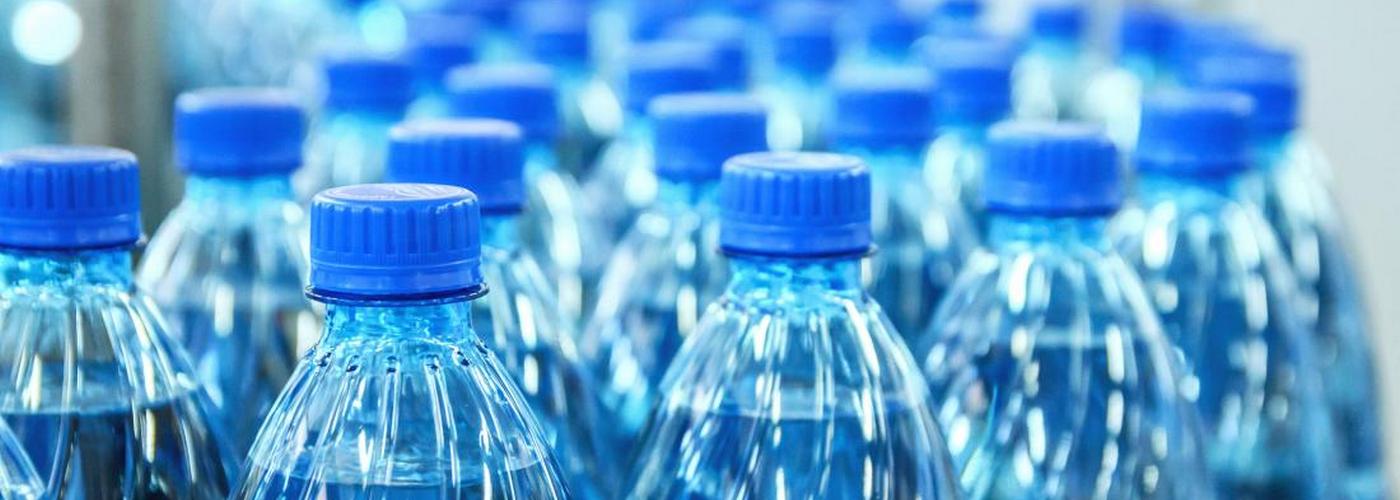Sourced from Chemical Engineering News 2 years ago
More than 10,000 additives, processing aids, and monomers are used to make plastics, with about 2,400 identified as potentially hazardous, according to the results of a comprehensive study cataloging publicly known chemicals used in plastics manufacture (Environ. Sci. Technol. 2021 DOI: 10.1021/acs.est.1c00976). The findings point to a long, tough road to close gaps in chemical regulations and improve plastic waste management, the study authors say.
Plastics are perhaps the most diverse class of synthetic materials, coming in every color, level of transparency, and stiffness. This range of properties is thanks to the sheer number of ingredients, such as pigments, fillers, or plasticizers, that can be combined with polymers.
While researching plastics recycling as part of her graduate studies, Helene Wiesinger of the Swiss Federal Institute of Technology (ETH), Zurich, realized that the large number of substances that go into plastics—and the little that is known about them—poses a big problem for plastic waste management. For instance, hazardous additives appropriate for one type of product, such as flame retardants in electronic casings, may wind up inside recycled material and eventually in products where they become inappropriate, such as toys. A report on the problems with plastics recycling and incineration published last week by International Pellet Watch, a program monitoring marine plastic pollution, and the International Pollutants Elimination Network, a global coalition of health and environmental advocacy groups, shared some of Wiesinger’s concerns.
A previous study that cataloged plastic-associated chemicals focused just on those used in food packaging materials (Sci. Total Environ. 2019, DOI: 10.1016/j.scitotenv.2018.10.015). So Wiesinger, along with ETH Zurich colleagues Zhanyun Wang and Stefanie Hellweg, sought to expand the catalog to include other types of plastics using databases from manufacturers, regulatory agencies, and CAS (a division of the American Chemical Society, which publishes C&EN).
The team identified more than 10,000 substances, of which 55% were used as additives, 39% as processing aids, and 24% as monomers, with overlapping uses. About one-third of the substances could not be categorized by their function due to lack of information about where, how, and at what quantities the chemicals were being used.
 COREN
COREN



6 Comments
-

-
Plastics transport and release toxic chemicals throughout their life cycle, posing serious threats to human health and ecosystems
-
Monday Udoh Umoh
-
2 years ago
Load more comments...